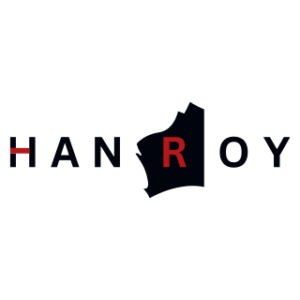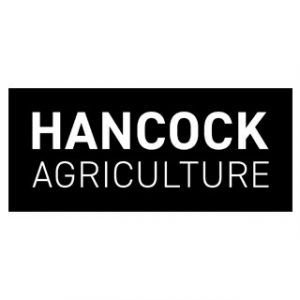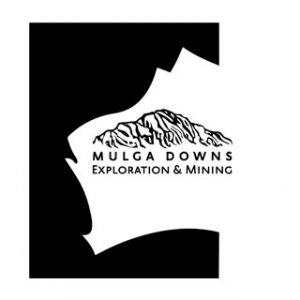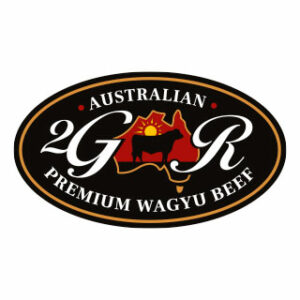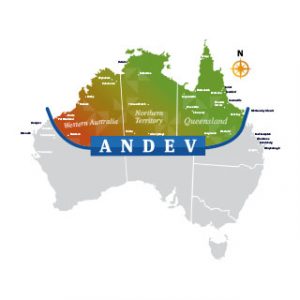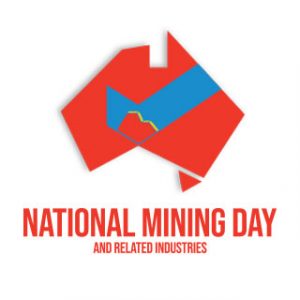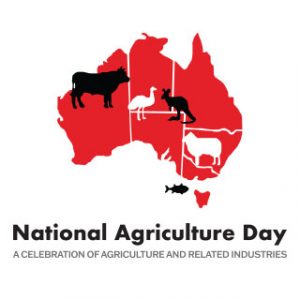Article by Ian Plimer, courtesy of Spectator Australia
12.04.2025
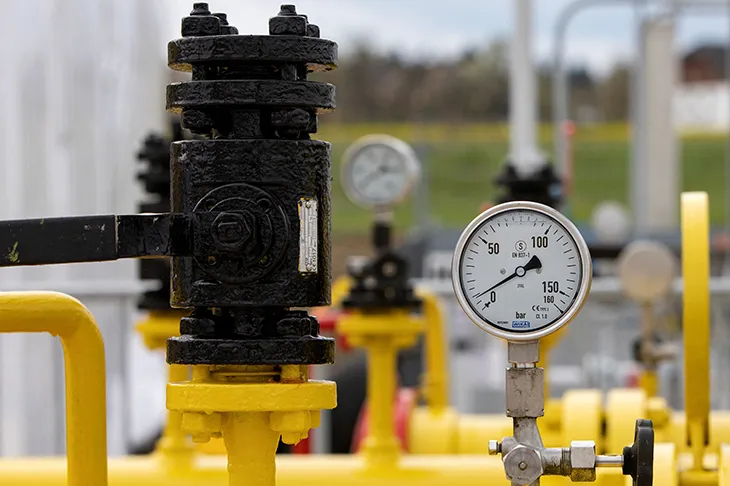
Australia is now no longer self-sufficient with oil. We import more than 80 per cent of our refined petroleum products across disputed seaways that could be closed at any minute. Proximate Chinese warships should be the wake-up call.
Refineries in South Korea, Singapore, Japan, Malaysia, Taiwan and China blend Middle Eastern, Asian and African crudes for production of imported Australian petroleum products. If one tanker is stopped by a hostile force, insurance is voided and carriers would not risk transporting liquid fuels to Australia.
The Bass Strait oil and gas field is in its last days, a small amount of crude oil is produced from the mature Cooper, Surat, Perth, Canning and Amadeus Basin wells and some crude oil is produced as condensate from gas. Australia has about three years of known oil in the ground. Oil exploration is challenging, mainly due to the Gimme Munni tribe’s lawfare, approvals and lack of infrastructure. We would need decades of high-risk exploration with no guarantee of success to become a self-sufficient producer.
Despite the successful fracking of 1.6 million wells globally over the last 70 years and Australian hydrocarbon basins containing large volumes of rocks with a high organic carbon content, only the Northern Territory government has approved fracking. Most states have a moratorium on fracking. Victoria has gone a step further.
The Gippsland and Otway Basins of Victoria have been significant producers of oil and gas with large volumes of oil and gas that could be extracted by fracking. The massive volume of Victorian brown coals also contain oil which is not extracted. From 2012 to 2021, it was illegal to explore or produce onshore gas in Victoria despite known drilled gas fields in the Gippsland Basin. Victoria changed its constitution in 2021 to permanently ban fracking and coal seam gas exploration in an act of self-harm. To change the Victorian constitution requires support from three-fifths of both houses which makes the local supply of fracked oil and gas a distant dream. Royalties from Bass Strait oil and gas were a bonanza for Victoria for 60 years. These times are finished yet bankrupt Victoria refuses to replace its petroleum production with new reserves and continuing royalties.
Australia exports significant amounts of light sweet crude oil and condensate from the North-West Shelf. This needs to be blended with heavier crudes to make a product suitable for refining into petrol, avgas, diesel and other products. Australia had eight small high-cost refineries in 2000. Refining local and imported crude oil is now at the two remaining refineries in Geelong and Brisbane. These are subsidised by the taxpayer to keep them operating. Australian governments have always had their fingers in petroleum with subsidies, royalties, fuel excise, levies and regulation.
For most of Australia’s history, there was no local crude oil. During the late-19th century and especially during the first world war, oil shales were mined and retorted to produce wax, grease, oil, diesel, kerosene, petrol and gas from the southern, western and northwestern parts of the Sydney Basin, the northern part of the Bowen Basin and central Tasmania. Operations stopped after the second world war when oil shale products could not compete with imported petroleum products. Taxpayers subsidised oil exploration until the discovery of the Bass Strait field in the 1960s. Consumers then paid a levy on locally-produced fuel because imported Middle Eastern crude was cheaper than that from Bass Strait.
Australia is obliged as an International Energy Agency member to hold the equivalent of 90 days of oil imports. In the last year, Australia has run down its liquid fuel reserves from 54 to 22 days and has a just-in-time liquid fuel policy. Some fuel is stored in the US which is a very long way from bowsers in Australia. We are now running on empty. Without diesel, no ploughing, seeding, weeding, harvesting and transport of food to the cities occurs. Without diesel, many towns would have no electricity and there would be no back-up for the regular failures of renewables. Without liquid fuels, there could be no road, train, air or ship transport. Without diesel, Australia could not generate revenue from mining, agriculture and fishing. With no food delivered to the cities by truck, train, ship or air, civil unrest and anarchy would occur within a fortnight.
What could we do if Australia did not receive refined petroleum products from abroad during a period of conflagration? Queensland has massive resources of oil shales in Gladstone, Mackay and Julia Creek which could produce oil at the current crude oil price or in a time of war. This would take time, capital and a lack of legal eco-terrorism.
In the second world war, German sea routes were closed and liquid fuels were locally produced for their massive war effort by converting coal to liquid fuel using the Bergius and Fischer-Tropsch processes. Since the 1950s, South Africa operated their SASOL process using coal-fired electricity, gas and coal to make liquid fuels and petrochemicals. Why can’t we do the same? The Bergius Process uses coal-fired electricity to make hydrogen from steam and hydrogen is reacted with coal to make liquid fuel. We have massive quantities of coals which would be ideal for making petroleum from coal. The annual oil equivalent of our exported coals is about 50 per cent of the annual oil exports from Saudi Arabia. Why not use our uranium to generate cheap reliable electricity and preserve our coals to make diesel and steel? This would be our insurance policy against blockaded liquid fuel supplies.
Eight projects attempting to make hydrogen from cripplingly expensive ‘renewable’ energy for burning to make electricity have unsurprisingly been cancelled. Natural hydrogen is very rare. Reactions between circulating seawater and seafloor rocks produce hydrogen, methane and rotten egg gas which are released into seawater, mainly by hot springs. Most of the hydrogen escapes into space. Other chemical reactions between circulating waters and granite on the Yorke Peninsula have produced hydrogen-dominated gas trapped in rocks awaiting production at 20 per cent the cost of manufactured hydrogen. Rather than burning this hydrogen to make electricity, it could be used to make liquid fuels.
We have fallen for the carbon dioxide sham. Australia could fall to a hostile force that would risk neither assets nor personnel if liquid fuels were blockaded. We import Chinese solar panels and wind turbines for production of unreliable high-cost electricity that destroys food-producing land. We have destroyed cheap reliable coal-fired electricity, have no nuclear power and, as a result, have left Australia like a shag on a rock with no energy security. Defence has been weakened, there is no manufacturing base for producing defence assets, productivity is low, we suffer from welfare addiction and are living beyond our means. Far too many unproductive people with no skills and alien loyalties have been imported. The energy tragedy is exacerbated by career politicians who want to perpetuate their employment by oiling squeaky wheels, running up debt and not working for the national good.


